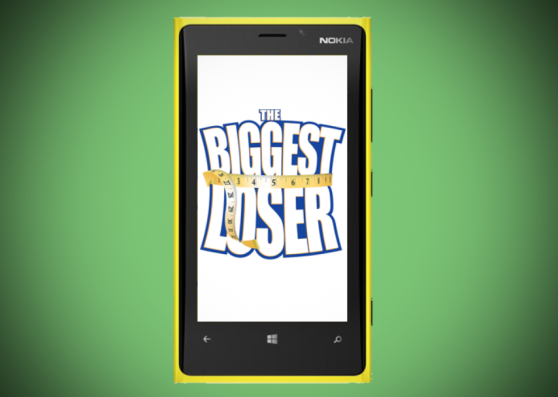In the race for the bottom, Nokia is in first place.
According to the latest numbers from research firm IDC, Nokia has dropped from the top five global smartphone makers, where it’s sat since IDC started keeping track of the rankings in 2004.
IDC research analyst Ramon Llamas sums up Nokia’s situation in one word: Transition.
“Nokia’s Windows Phone strategy is a promising one, but there are a lot of hurdles that it still needs to overcome,” he said.
One of those hurdles is giving consumers a compelling reason to switch to a Lumia phone, which Nokia has had a rough time doing so far.
As a result, the company has only shipped roughly 10.5 million Lumias over the past year — a fifth of what Samsung shipped in the last quarter alone.
The other big surprise in the IDC report came from RIM, which is third in the company’s rankings. The secret to its success? A reliance on its older legacy Blackberry phones, which still hold a lot weight globally. It’s easy to forget that, despite RIM’s recent struggles, the company is still a market leader.
But like Nokia, RIM is also in transition. Most of its efforts this year have been stopgaps until the launch of BlackBerry 10, which is expected in the first quarter of 2013.
As a result, both Nokia and RIM face the same question: Can we complete our transition before completely running out of cash? “That’s on everybody’s mind over there. Make no mistake about it,” Llamas said.
But with Apple and Samsung dominating the smartphone market, is there really a chance for RIM and Nokia to recover? Llamas is optimistic.
“This is a maturing market — there’s space for everyone,” he said.


